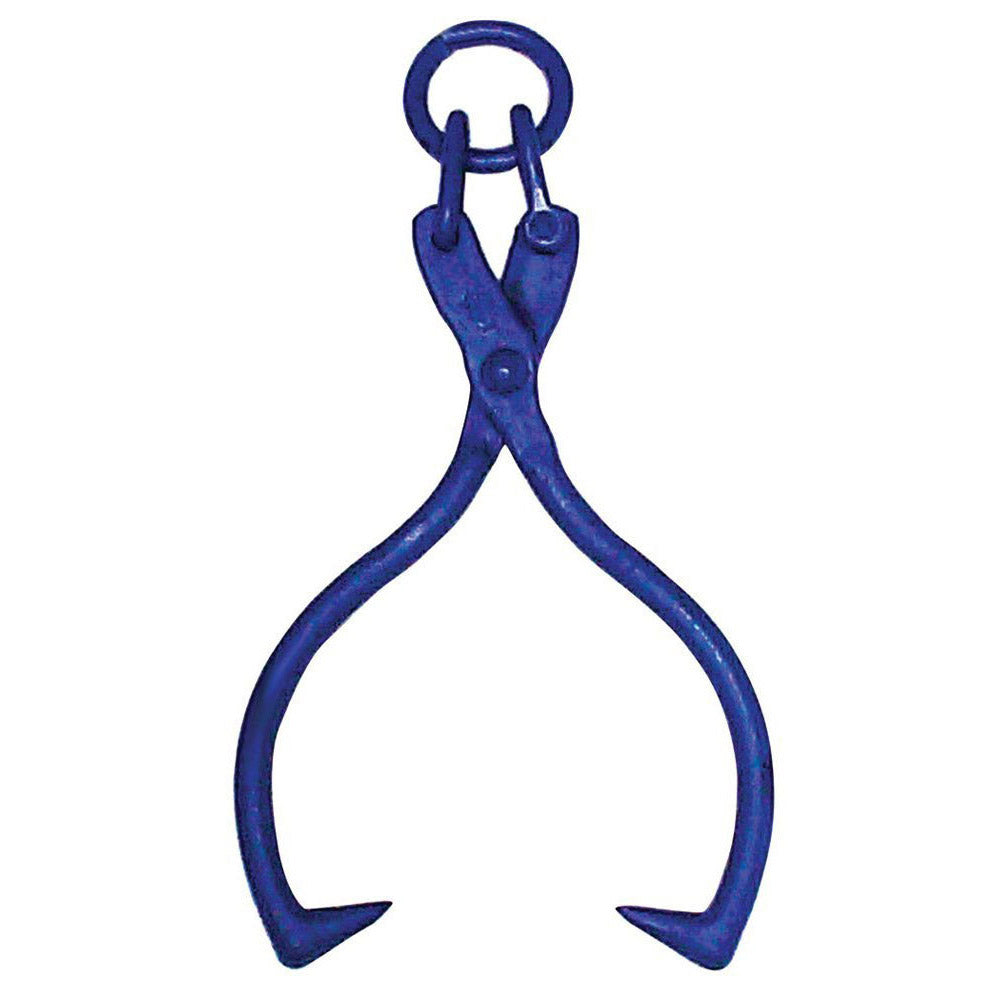That's the correct names, and you know that. Calling things the correct names is a good thing, so that way people know what you are talking about. I agree completely on the logging chokers, and i thought the chain ones often had a short section of rod to help push it under a log. John, the problem with a regular eye to eye choker is the fact that usually the log is laying on the ground, so you have to ram it under it so you can choke it. A logging choker has 1 eye for hooking to the rigging, but the other end has a ferrule and a sliding bell to hold the ferrule. The wire is a single line and straight, so you can ram it under a log pretty good. Here's a picture of my splicing some up, very handy. Also be sure to use a shackle when you connect rope to the wire rope (if you go that way), otherwise they will abrade so fast it won't last a day.


Wire rope isn't as nice to work with as a soft flexible rope, but you are already seeing how rope doesn't like this kind of abuse. If you are using a vehicle to pull with, you are subjecting the rigging to much higher forces than you are likely thinking, so any weak points like knots will likely break. You need splices, and materials that can handle the forces, abrasion, and ideally won't stretch a ton like rope will. John, you love doing things the hard way and learning these skills, so this should be right up your alley. Get some wire core line, some choker bells (choker hooks on west tech's site), maybe a block or two, a handful of shackles, maybe a havens grip, and then you will have gear to do this whenever you need to. Your higher strength ropes like stable braid don't handle abrasion as well as treemaster does, let alone wire and chain. My .02.




